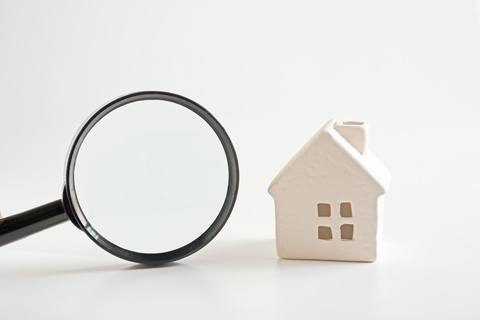The latest official data paints a big picture of a rosy future for buy to let, but the small details are letting landlords down.
Although buy to let now accounts for a fifth of all homes with landlords owning 4.9 million properties and earning an average £15,000 a year from rents, some living standards are still below par, according to the government’s English Housing Survey.
Standards are improving, but private rented homes still lag owner-occupied and social housing properties for the worst overcrowding, lack of energy efficiency and poor living conditions.
The survey reveals 392,000 rented properties (8%) fail the government’s decent homes standard, which lays down guidelines for minimum state of repair and safety for housing.
“Private rented dwellings were, on average, older and therefore more likely to have defects to the damp proof course, roof covering, gutters, or downpipes, which could lead to problems with rising or penetrating damp affecting at least one room in the property,” says the survey.
Around 186,000 rented homes suffer from condensation or mould, even though the number improved from 294,000 in the last report.
The survey also shows buy to let homes have lower energy efficiency ratings than the rest of the housing stock.
“The social sector was more energy efficient than the private sector, in part due to wider use of wall insulation, but also because of dwelling type. In particular, the social sector contained a higher proportion of flats, which have less exposed surface area (external walls and roofs) through which heat can be lost, than detached or semi-detached houses,” said the survey.
Another reason for energy efficiency failings is private rented homes are older and harder to insulate and around 16% do not have central heating.
Read the latest English Housing Survey




